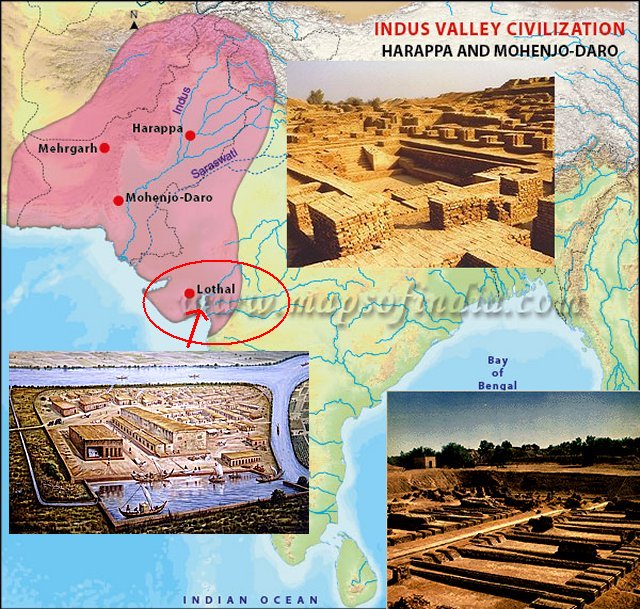Harappan Excavation Sites Hold Clues To Unravelling Impressive And Mysterious Culture
MessageToEagle.com – Excavations have begun at the two Harappan sites of Binjor in Rajasthan, close to the India-Pakistan border, and Rakhigarhi in Haryana.
There are about 2,000 Harappan sites in India, Pakistan and Afghanistan, with 500 in India and 1,500 in Pakistan.
At its glory, the Harappan civilisation flourished over two million square km, from Sutkajendor on the Makran coast of Balochistan to Alamgirpur in Uttar Pradesh, and from Manda in Jammu to Daimabad in Ahmednagar district of Maharashtra.

Last year a “beautifully made” granary, with walls of mud-bricks, which are still in a remarkably good condition, was discovered in the just-concluded excavation at Rakhigarhi village, a Harappan civilisation site, in Haryana.
Rakhigarhi is the largest known Harappan – or Indus Civilization – site in India and is one of the largest known Harappan cities in the South Asian Subcontinent.

Even though the Harappan culture was one of the most advanced early civilizations, contemporaneous with and a trading partner of ancient Egypt and Mesopotamia, relatively little is known about it.
The granary has rectangular and squarish chambers. Its floor is made of ramped earth and plastered with mud,’ according to source.
The site belongs to the mature Harappan phase from 2600 BCE to 2000 BCE.
The teams have also found artefacts, including a seal and potsherd, both inscribed with the Harappan script.
In Mohenjo-daro and Harappa, granaries were found in citadels, where the ruling elite lived. So mound number four in Rakhigarhi, where the granary was found, could have been the settlement’s citadel, Dr. Shinde explained.

‘We excavated seven chambers in the granary. From the nature of the structure, it appears be a big structure because it extends on all sides. We do not know whether it is a private or public granary. Considering that it extends on all sides, it could be a big public granary,’ Vasant Shinde, Vice-Chancellor/Director, Deccan College, leading the excavation said. said.

With the discovery of two more mounds last year at Rakhigarhi, the site had staked claim to be the largest Harappan site, according to Professor Vasant Shinde, Vice-Chancellor, Deccan College, leading the excavation at Rakhigarhi.
While the Archaeological Survey of India’s Excavation Branch at Purana Quila, New Delhi, is excavating Binjor, the Deccan College Post-Graduate & Research Institute, Pune, and the Haryana Department of Archaeology is excavating the Rakhigarhi site, 25 km from Jind. About 350 km separate Binjor from Rakhigarhi.
One of the two newly discovered mounds would be dug this season.
MessageToEagle.com










